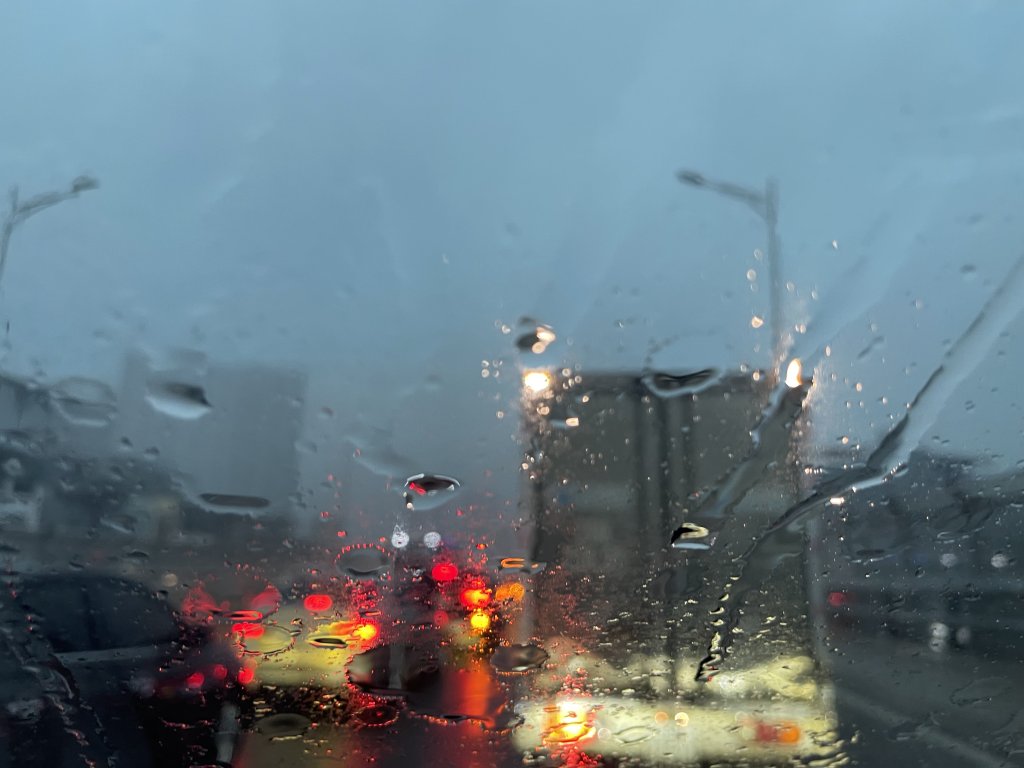Không phải nhiều người làm là đúng đâu cụ. Em google ra là chỉ toàn là không nên dùng với nhiều lý do an toàn khác nhau. Để em quote cho cụClips này sau phút 11 thì cứ gọi là nháy như đom đóm. Cụ lái cũng sub là hazzard everywhere.
Sự thật hiển nhiên là mưa mù mịt, nguy hiểm thì sẽ bật hazard cụ nhé. Tây ta cũng thế thôi
Ý chính khi sử dụng hazard khi mưa lớn dẫn đến
- gây hiểu lầm cho các tài xế khác vì hazard dùng cho xe bị hư, dừng giữa đường hay có tai nạn phía trước
- không sử dụng xi nhan được
- gây khó khăn cho xe sau nhìn đèn thắng
- chớp tắt liên tục làm giảm khả năng nhận thức khoảng cách
Generally, you should NOT use hazard lights while driving in heavy rain. While it might seem counterintuitive, and many drivers do it with the intention of being more visible, most safety experts and traffic laws advise against it.
Here's why:
* Confusion for other drivers: Hazard lights are primarily designed to signal that your vehicle is stopped, disabled, or an unusual hazard. When you're moving with them on, other drivers might think you're stalled, causing them to make sudden maneuvers to avoid you.
* Disables turn signals: When your hazard lights are on, your turn signals won't work. This means other drivers won't know if you're intending to change lanes or turn, which can lead to dangerous situations.
* Difficulty seeing brake lights: The continuous flashing can make it harder for drivers behind you to see your brake lights, delaying their reaction time if you slow down or stop suddenly.
* Reduced depth perception: The flashing lights can interfere with other drivers' ability to judge your distance and speed, especially in already poor visibility.
* Legality: In many places, it's illegal to use hazard lights while driving unless your vehicle is stopped or experiencing an emergency. Laws vary by state and country, so it's best to check your local regulations.
Instead of hazard lights, here's what you should do in heavy rain:
* Turn on your headlights (low beams): This is the most effective way to make your vehicle visible to others in rainy conditions. Many jurisdictions even require headlights to be on when wipers are in use.
* Slow down: Reduce your speed significantly to account for reduced visibility and slippery roads.
* Increase following distance: Give yourself more space between your vehicle and the one in front of you to allow for longer stopping distances.
* Use your wipers on the highest setting: Ensure your windshield is as clear as possible.
* Consider pulling over: If visibility is extremely poor and you feel unsafe, it's best to pull over to a safe location (off the roadway) and wait for the heaviest rain to pass. If you do pull over, then you should use your hazard lights to indicate your stopped vehicle.
* Use fog lights (if equipped): If your vehicle has fog lights, they can help improve visibility in rainy conditions, but remember to turn them off when visibility improves.
In summary, while the impulse to use hazard lights in heavy rain is understandable, it often creates more problems than it solves. Focus on headlights, reduced speed, and increased following distance for safer driving.
Chỉnh sửa cuối:




